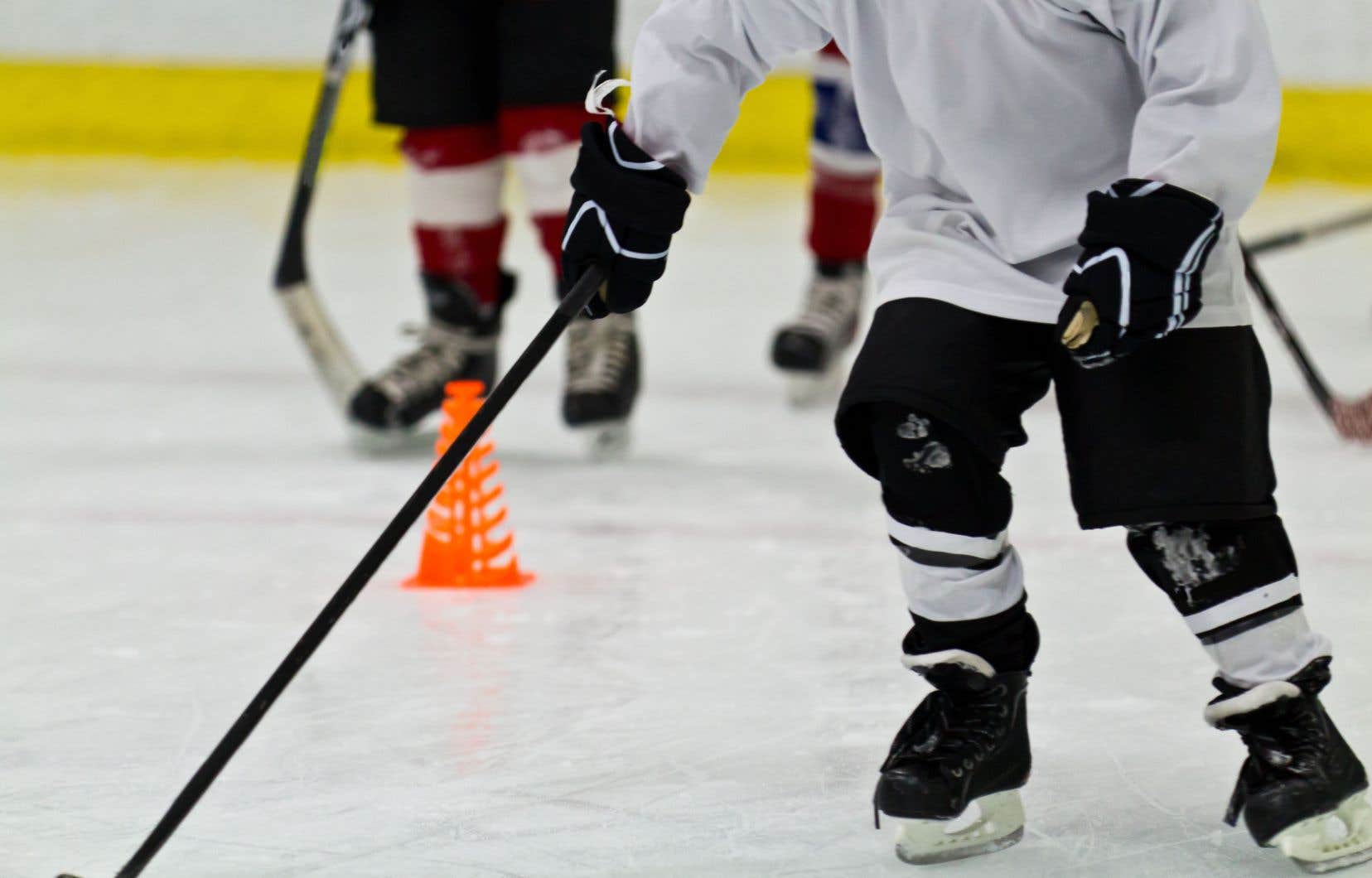The modus operandi of sports coaches who sexually assault the young athletes for whom they are responsible is usually made up of six main stages, noted researchers from Laval University who were among the first to take an interest in the problem.
The researchers identified around fifty strategies used by aggressive coaches at each stage, for example when it comes time to gain the trust of the young person or their parents.
“Our study really looked specifically at the strategies used by each coach,” explained researcher Élisabeth St-Pierre. It was not known what strategies were used before or after a coach committed a crime. And we saw that certain strategies were used much more often than others. »
This research is based on the analysis of more than 2,000 court judgments and newspaper articles concerning 120 cases of sexual assault committed by Canadian sports coaches against 331 athletes, mostly boys, between 1967 and 2020 .
Analysis of the sample reveals that 133 girls and 198 boys were victims of a first sexual assault by their coach. The athletes were then on average 13.6 years old. The coaches were on average 33.6 years old during these first actions. Over the years, 85.8% of these adults committed more than one event of abuse.
The study reveals an average of 2.8 athlete victims for each coach. Witnesses were present during the attack in 21% of cases, for example because the actions were carried out as part of a “game”. The average period of time during which these attackers were active was 5.8 years. Finally, an average of 14.1 years passed between the first attack suffered by a young person and the first report to the police authorities.
The cases studied cover around 25 sports, which demonstrates that the phenomenon is not confined to the most popular sports.
” The goal [de l’étude] was to make it possible to suggest avenues of prevention adapted to the operating mode [des agresseurs], said Ms. St-Pierre. When we take into account the operating mode and develop prevention strategies based on that, we develop prevention strategies that will be effective. »
“You have to ask questions”
The researchers also hope that their study will help identify warning signs before it is too late. We are far from the attacker hiding in the bushes who jumps on his victim at random, recalled Mme St Pierre.
“It can take other forms and it’s important to know that,” she added.
Surprisingly, the abusive coaches did not use any particular strategy to convince their victims to remain silent. Some young people said they kept silent because they were ashamed, for fear of being excluded from their sport or losing the attention of the coach, or because they did not consider that they had been attacked.
Around 10% of attacks concerned international level athletes. Fear of losing a coach or sponsors while at the top may have silenced some athletes, the researchers said.
The study recommends educating athletes and parents about the characteristics of sexual assault in sport. The researchers also recommend clarifying the boundaries of the coach-athlete relationship by discouraging coaches from spending time alone with an athlete during activities outside of the sporting context.
“You have to ask questions and be as interested as possible in what your child is doing in sport,” concluded M.me St Pierre.
The findings of this study were published by the scientific journal Frontiers in Psychology.
